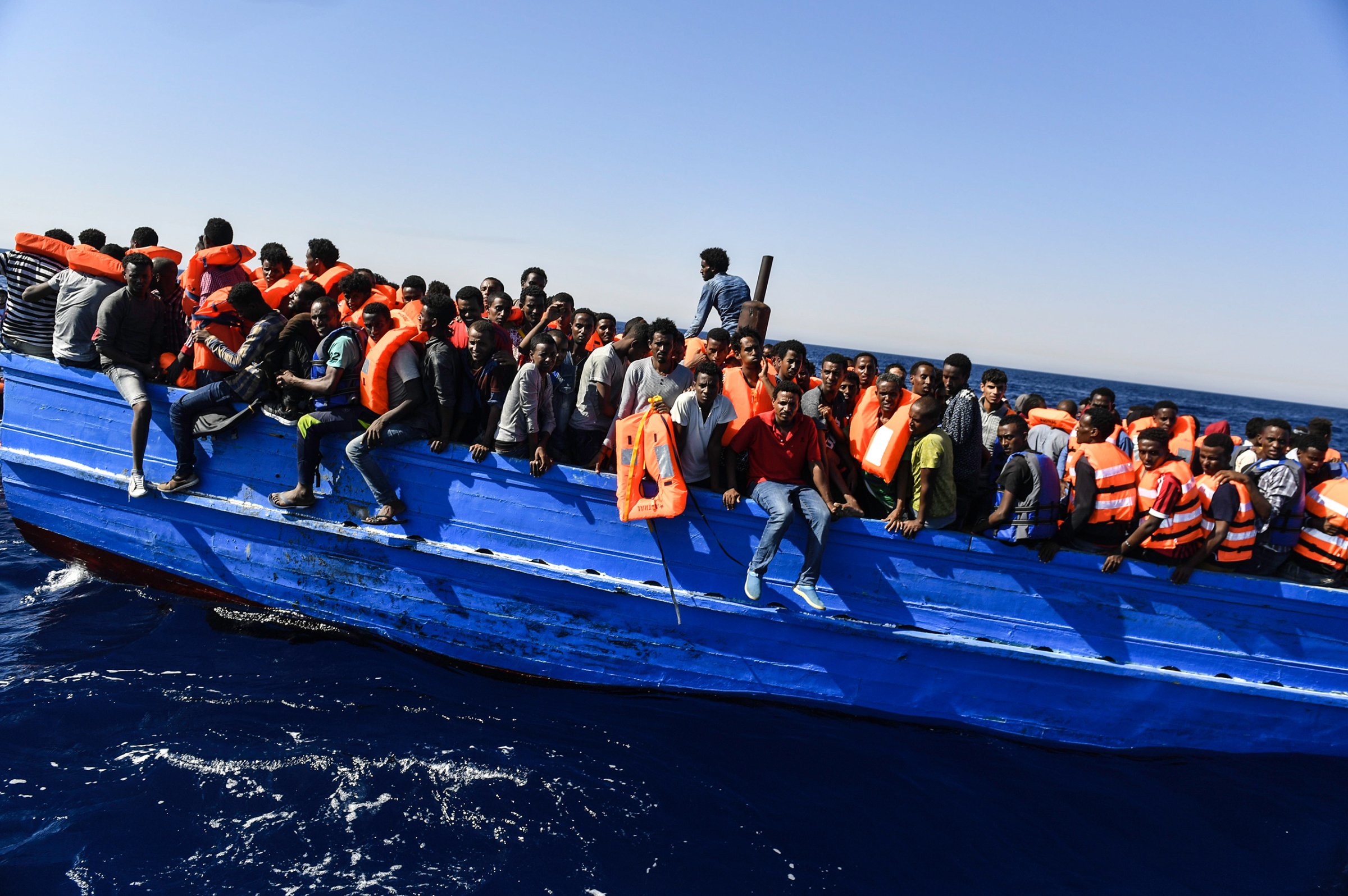
More than 106,000 migrants have attempted to make the perilous boat crossing from Libya to Italy this year. Had it not been for a multi-national rescue effort made up of international navies, humanitarian aid agencies, commercial vessels and various coast guards, most of them would have perished in the Mediterranean. As it is, at least 2,726 have died this year already, more than the total for all of 2015.
Unscrupulous Libyan smugglers stuff the migrants, coming from the warzones, refugee camps, and impoverished villages of the Middle East and Africa, into unseaworthy dinghies and send them out to sea with barely enough fuel to make it into international waters. Abandoned, alone and in most cases unable to swim, the migrants depend on this network of search and rescue operations to save their lives and bring them safely to European shores.
When Lynsey Addario and I decided to spend time with Médecins Sans Frontières and SOS Méditerranée on their search and rescue vessel, the MV Aquarius, we expected to document tales of heroic bravery and survival against the odds. What we didn’t expect to find was that for most of these migrants, the Mediterranean sea crossing was but the final step in a long, arduous journey filled with even greater risks along the way.
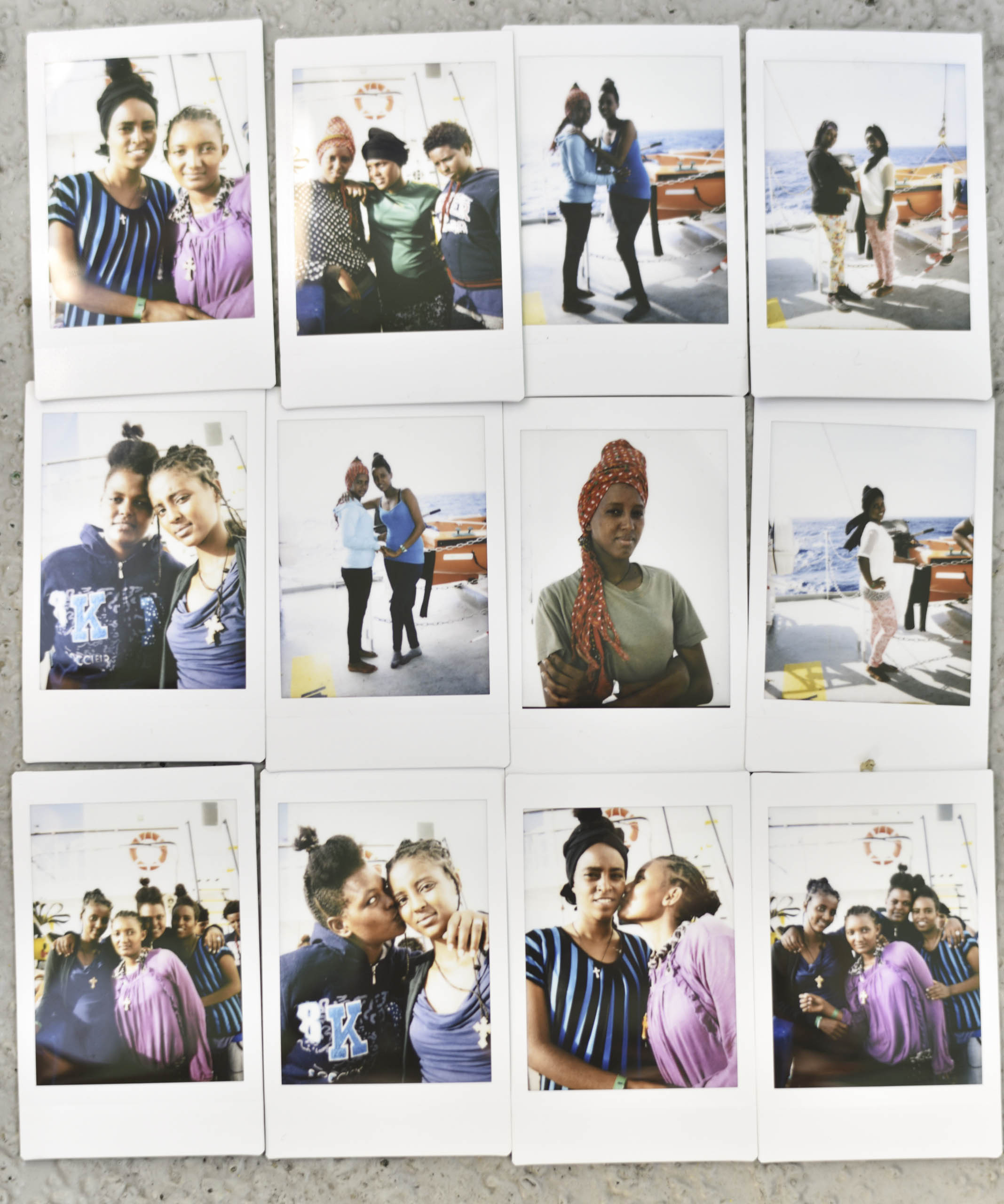
When the migrants were pulled aboard after one particularly epic rescue, on Aug. 21, we had 551 survivors from 14 different countries as far away as Bangladesh, on board. They ranged in age from three months to 52 years. They were fleeing abusive families, clan conflict, sectarian violence, persecution, poverty, war and tyranny—all the world’s traumas funneled onto southern Mediterranean shores.
They were teachers, cobblers, bulldozer drivers, masons and farmers. And while they grew up worlds apart, they had one thing in common: they were willing to risk their lives for the dream of a better life in Europe. “There are few things as leveling as watching and photographing hundreds of people barely afloat in the Mediterranean, and knowing that this is the least harrowing of their months and years’ long journey to date,” says Addario. “They have been tortured, bound, gang-raped, trafficked, humiliated, starved, and thrust into the open seas, and we come upon them often as the first ally since they left home.”
In the rescue efforts and the care the MV Aquarius’ crew put into looking after their temporary charges, we found the heroism we were looking for. But in the stories of the migrants we met along the way, we started learning about true bravery. No one risks death, torture or starvation on a whim. People were leaving home because they simply had no choice. As long as they can find a way, through smugglers and sheer grit, they will keep taking those risks. And boats like the MV Aquarius will be standing by to make sure they don’t die in the process.
Lynsey Addario, a frequent TIME contributor, is a photographer represented by Getty Images Reportage.
Michelle Molloy, who edited this photo essay, is a senior international photo editor at TIME.
Aryn Baker is TIME’s Africa Bureau Chief. Follow her on Twitter @arynebaker.
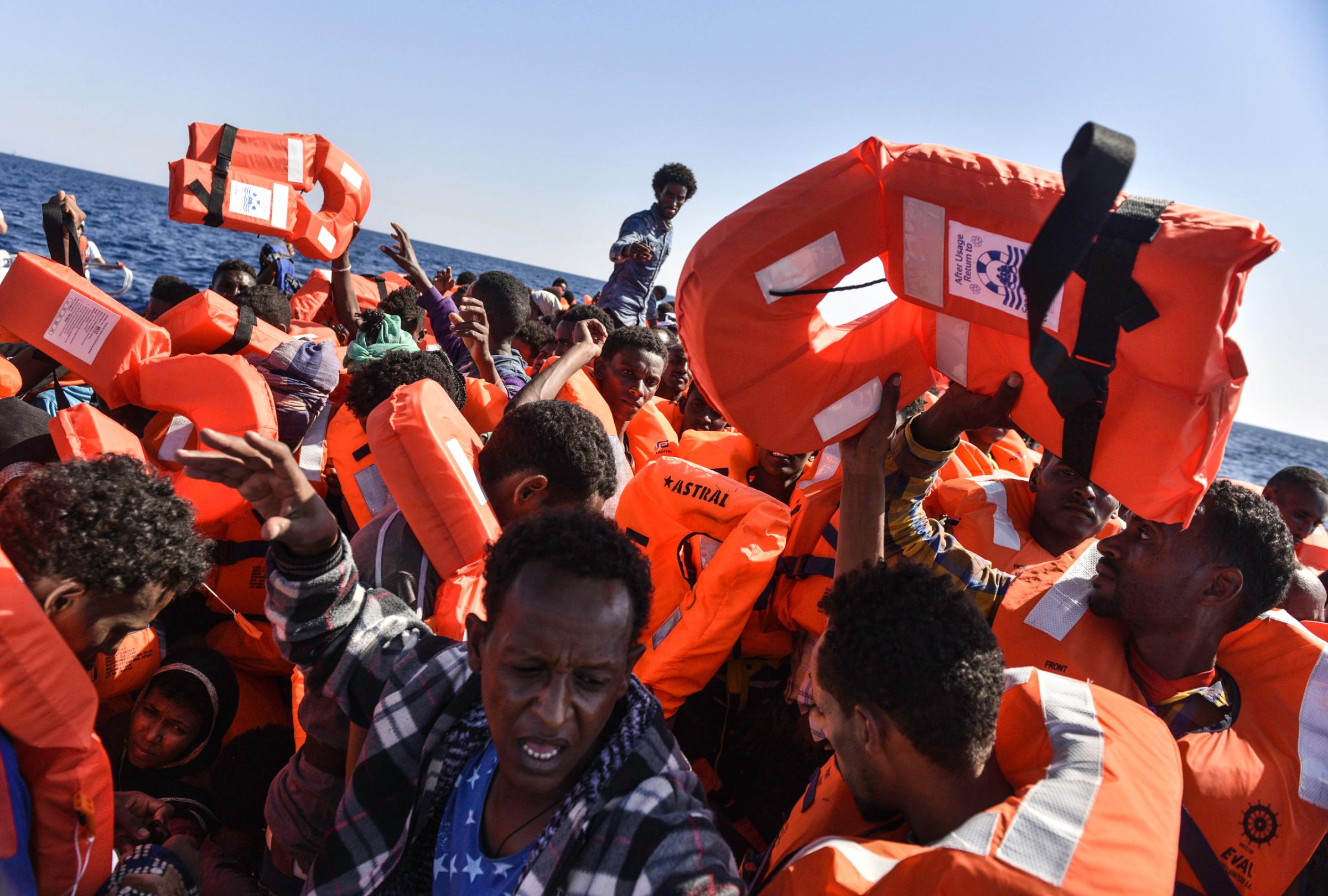


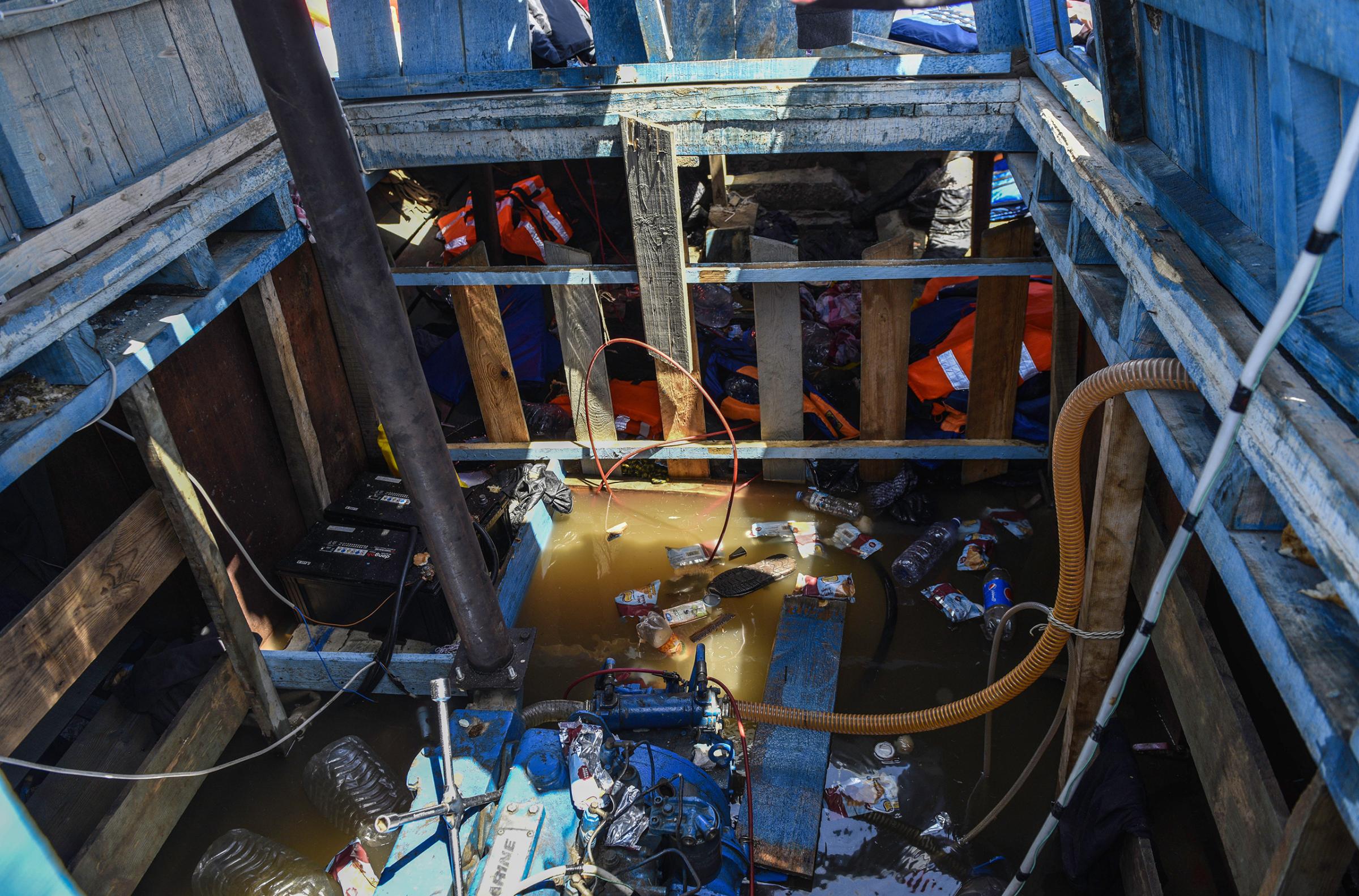
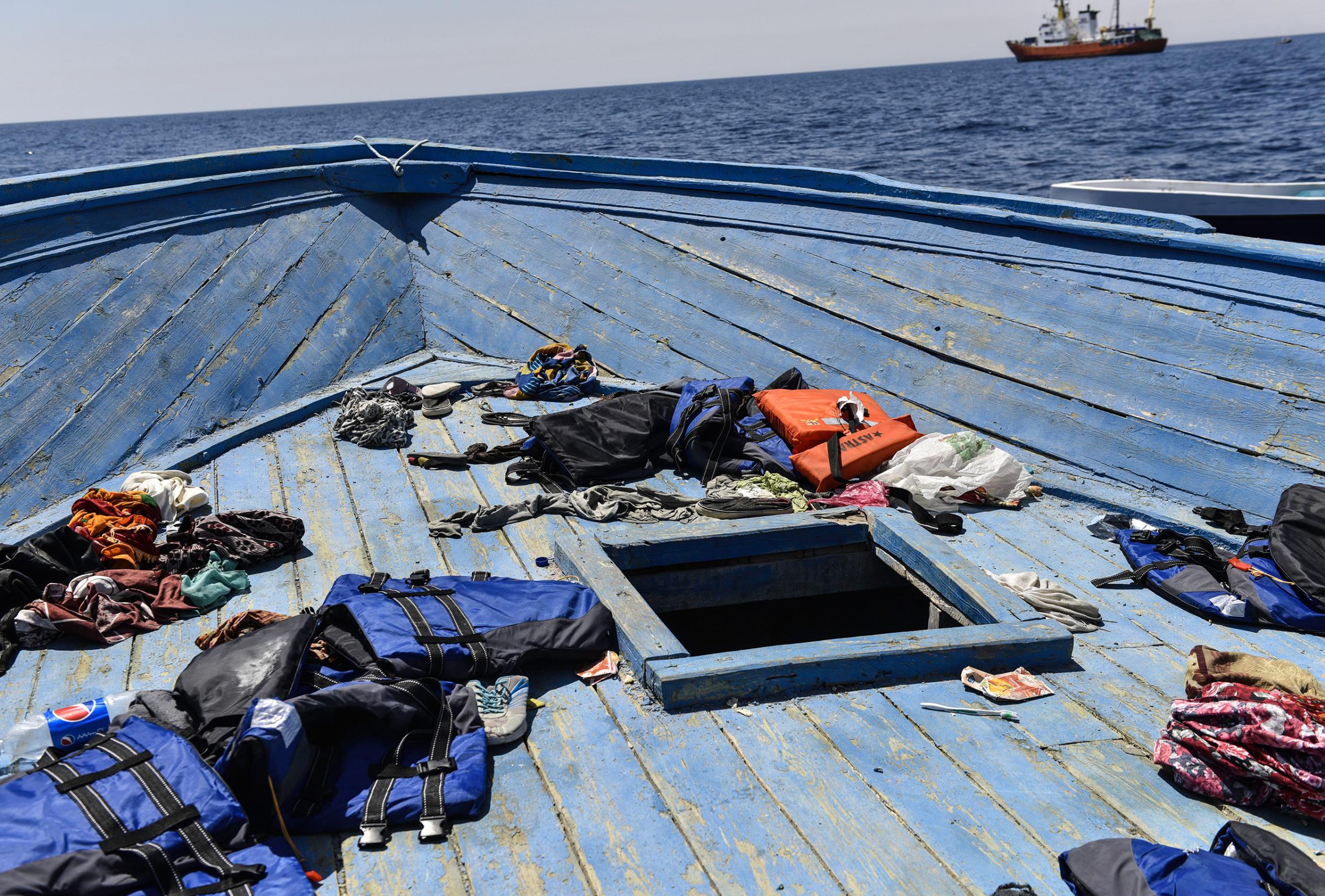
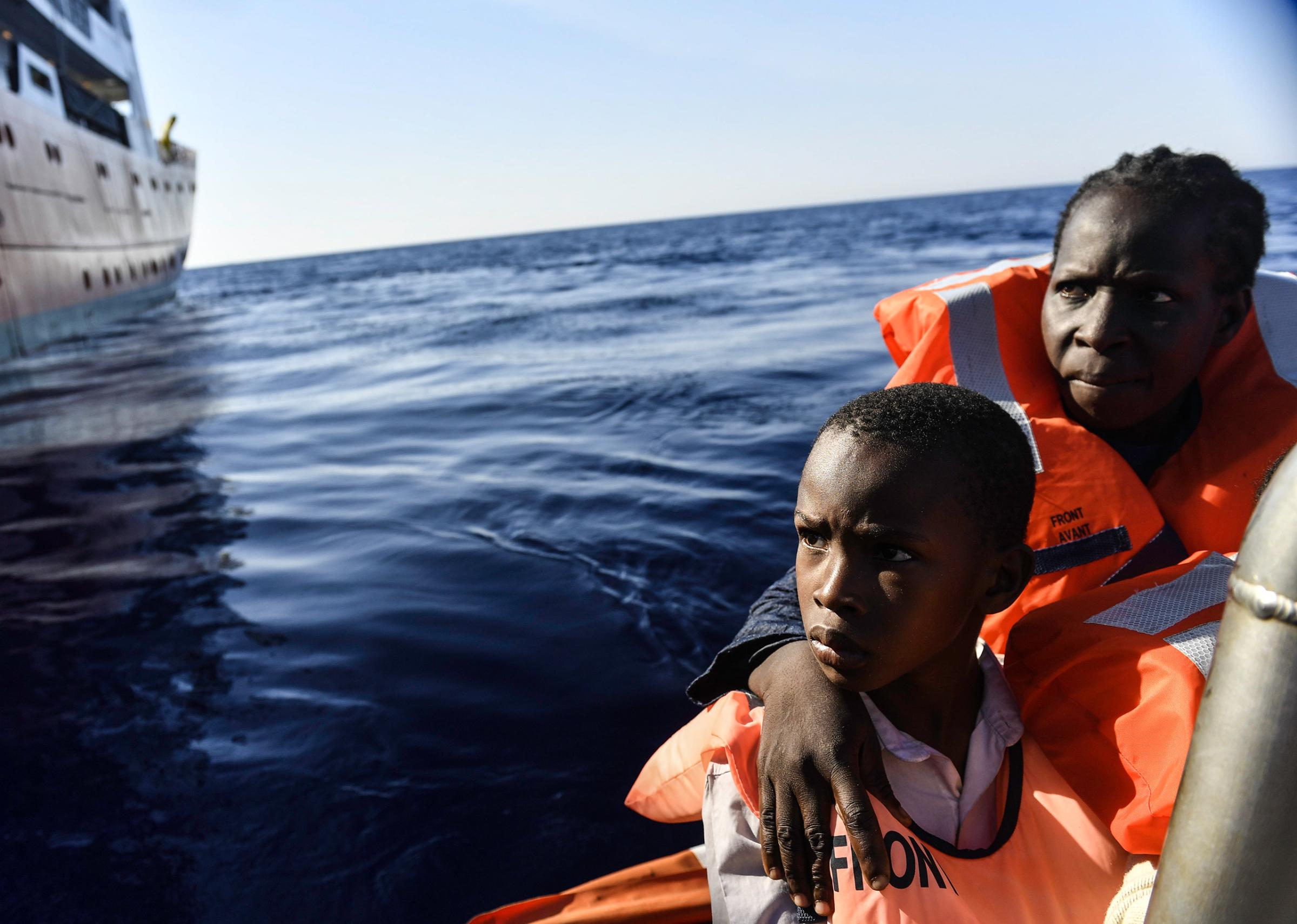
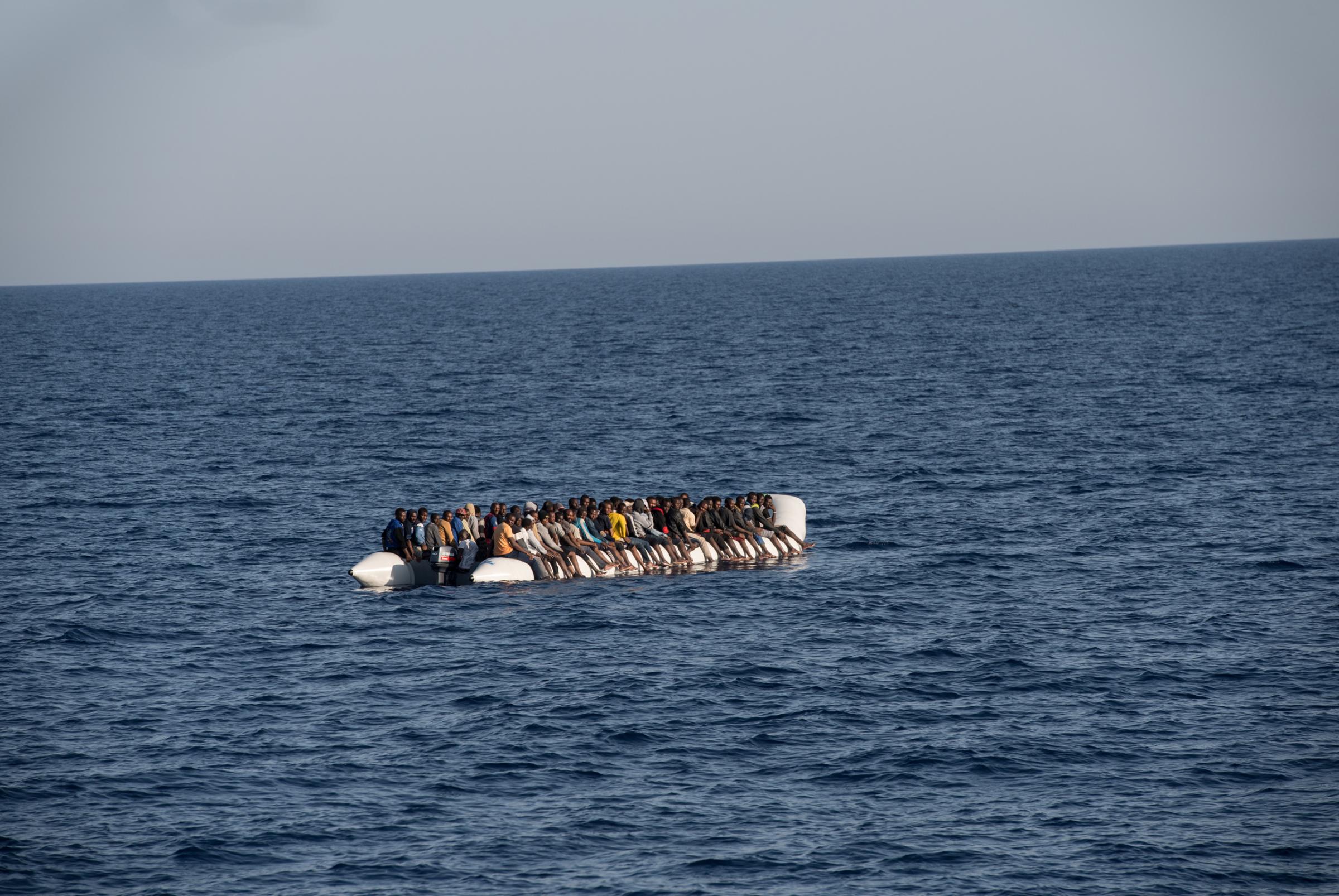


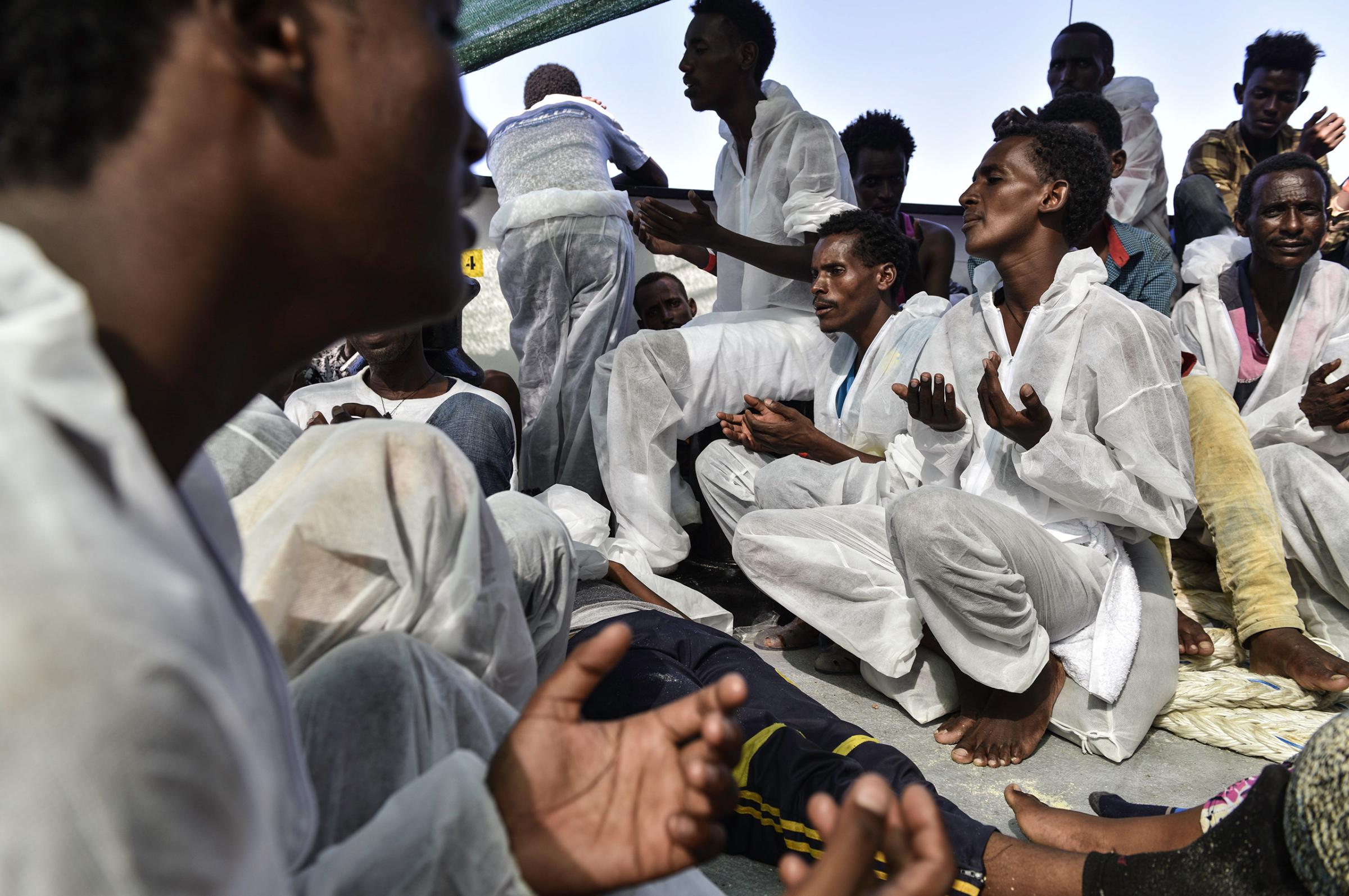

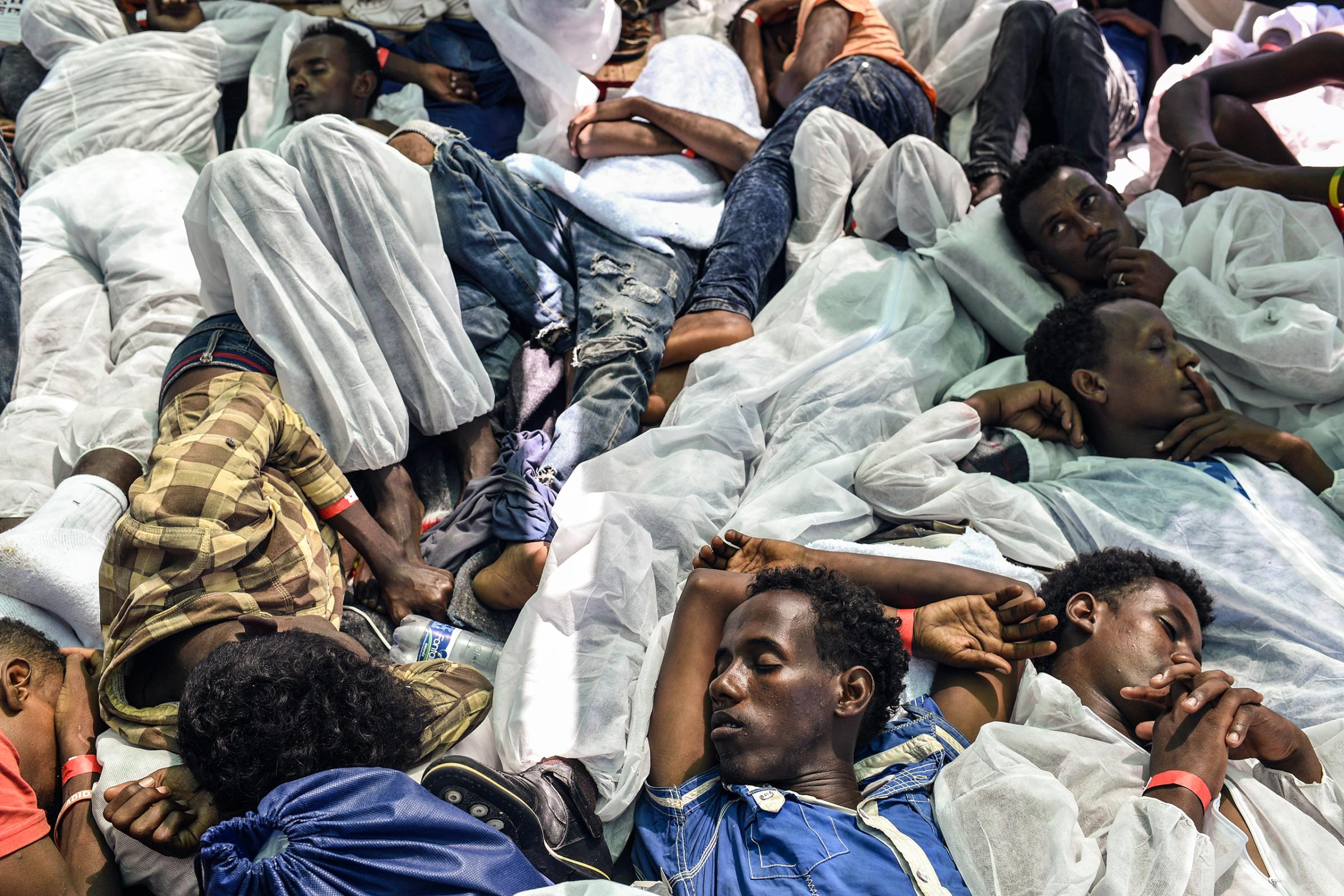
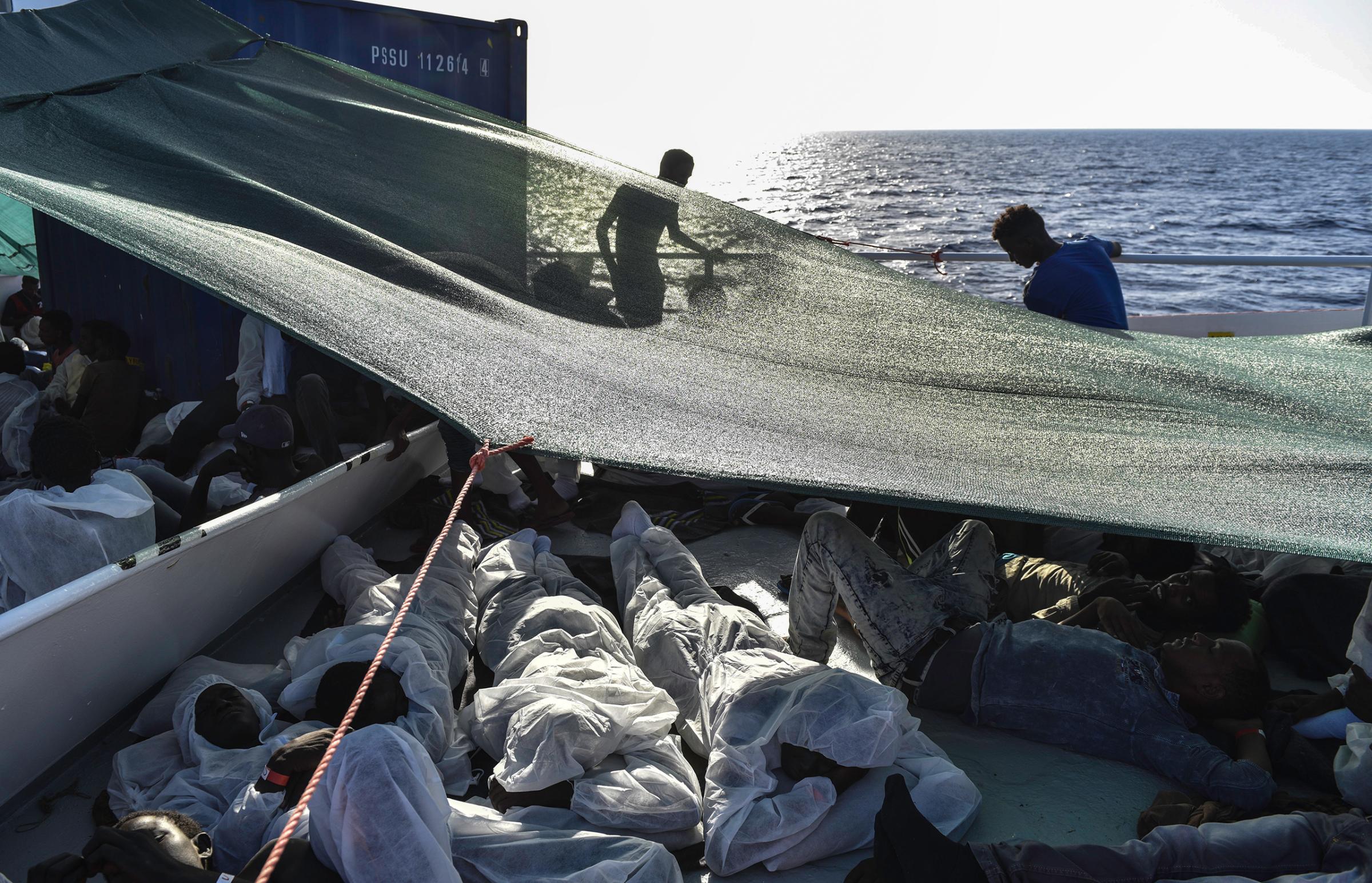



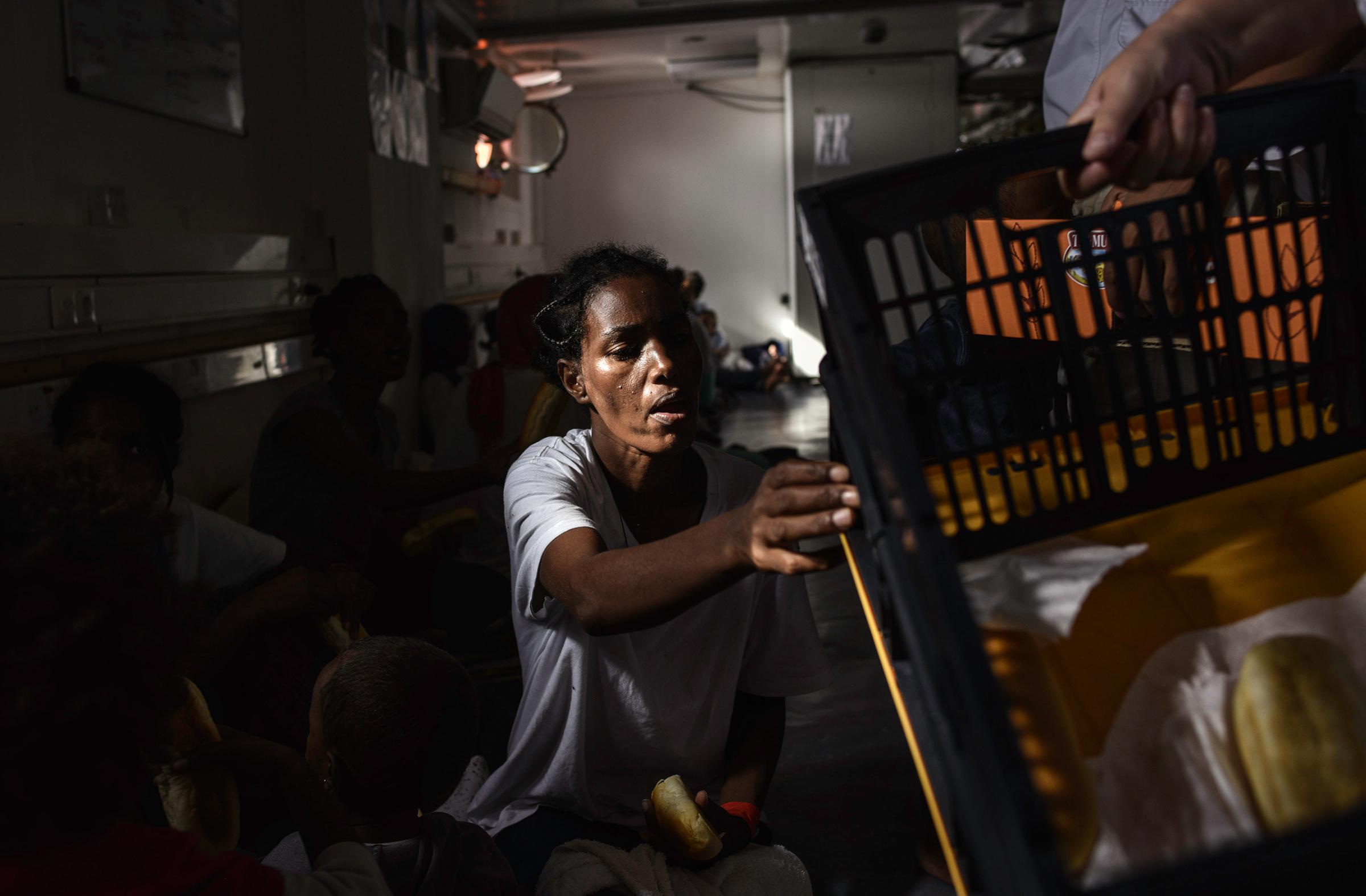


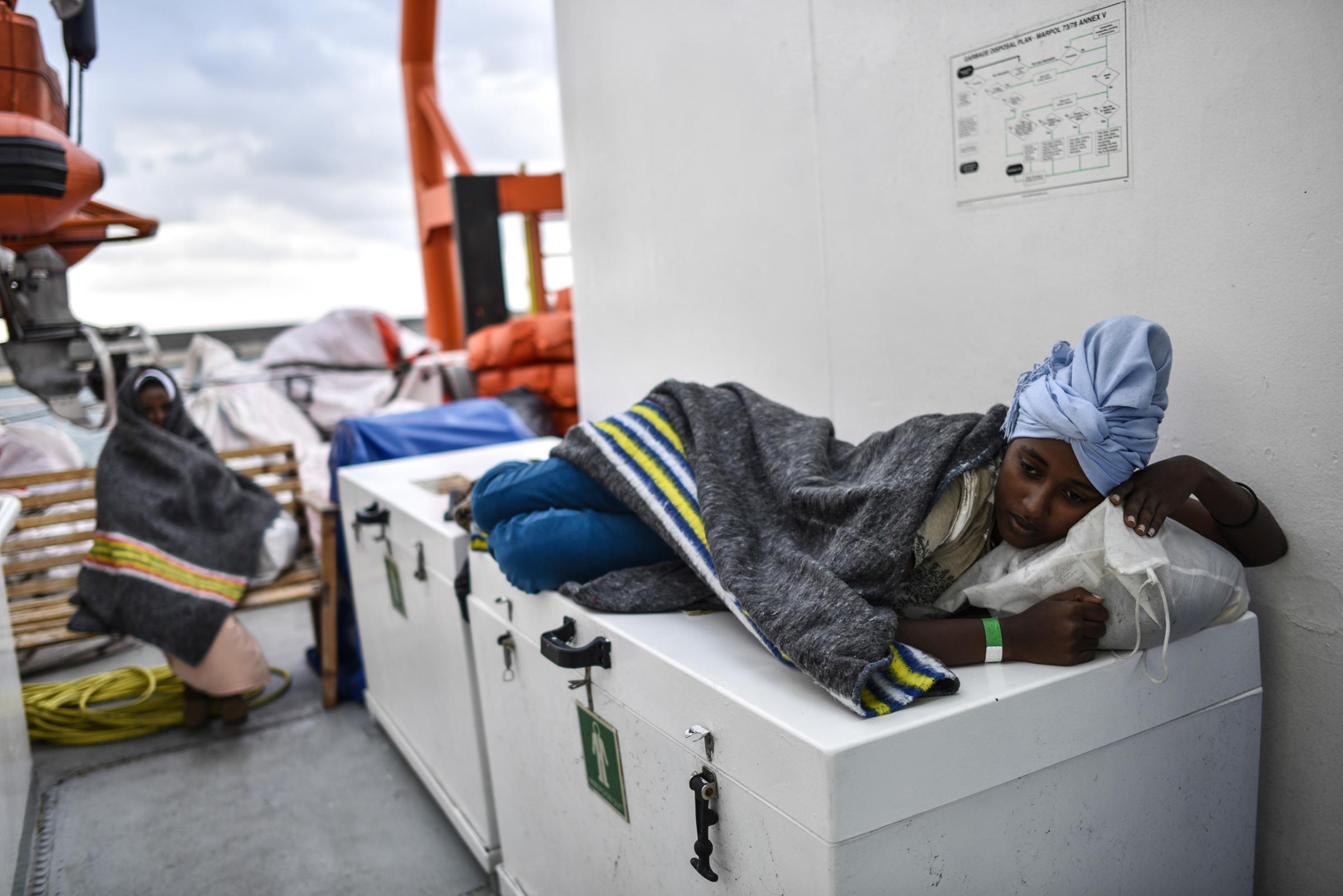
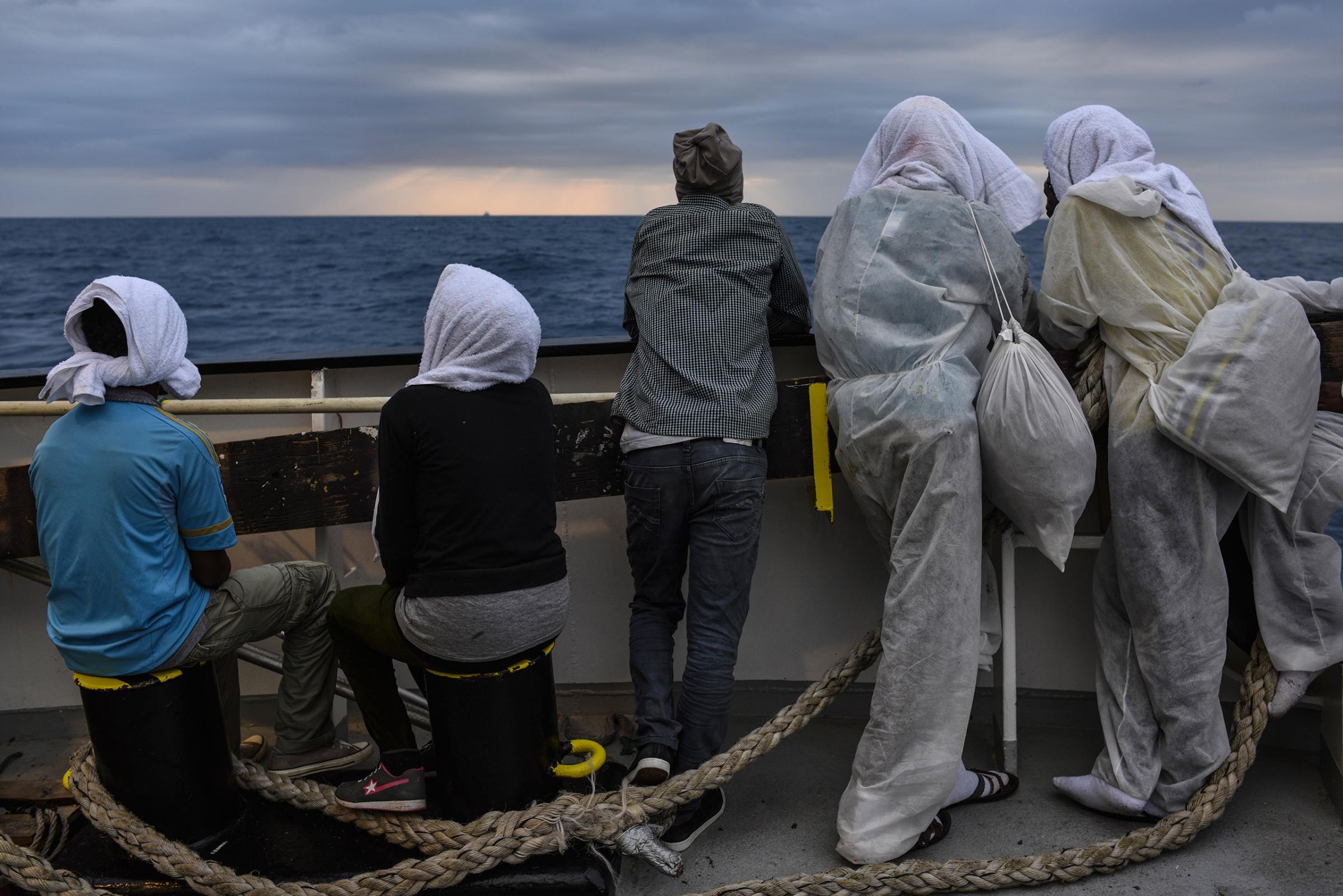
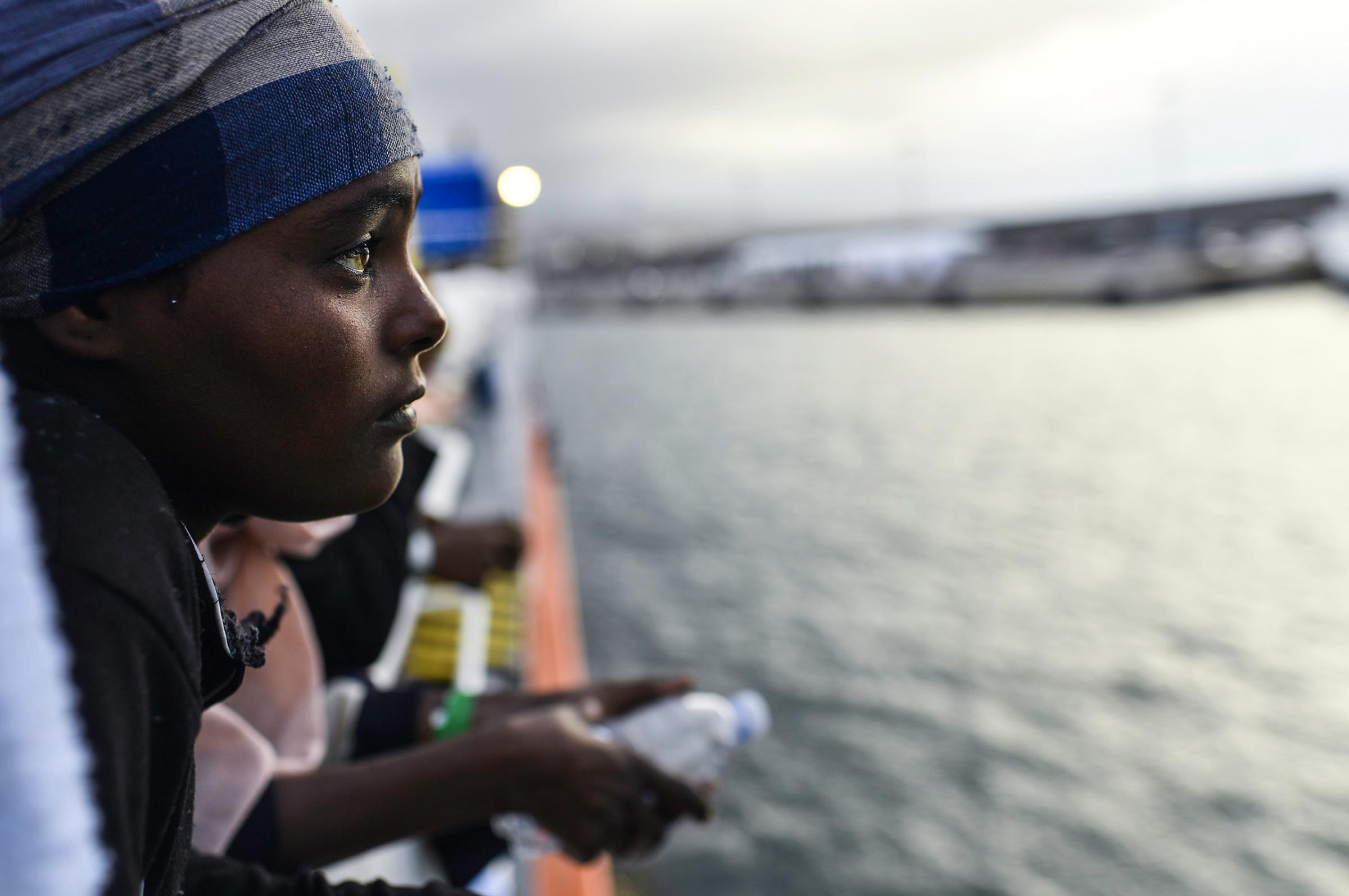
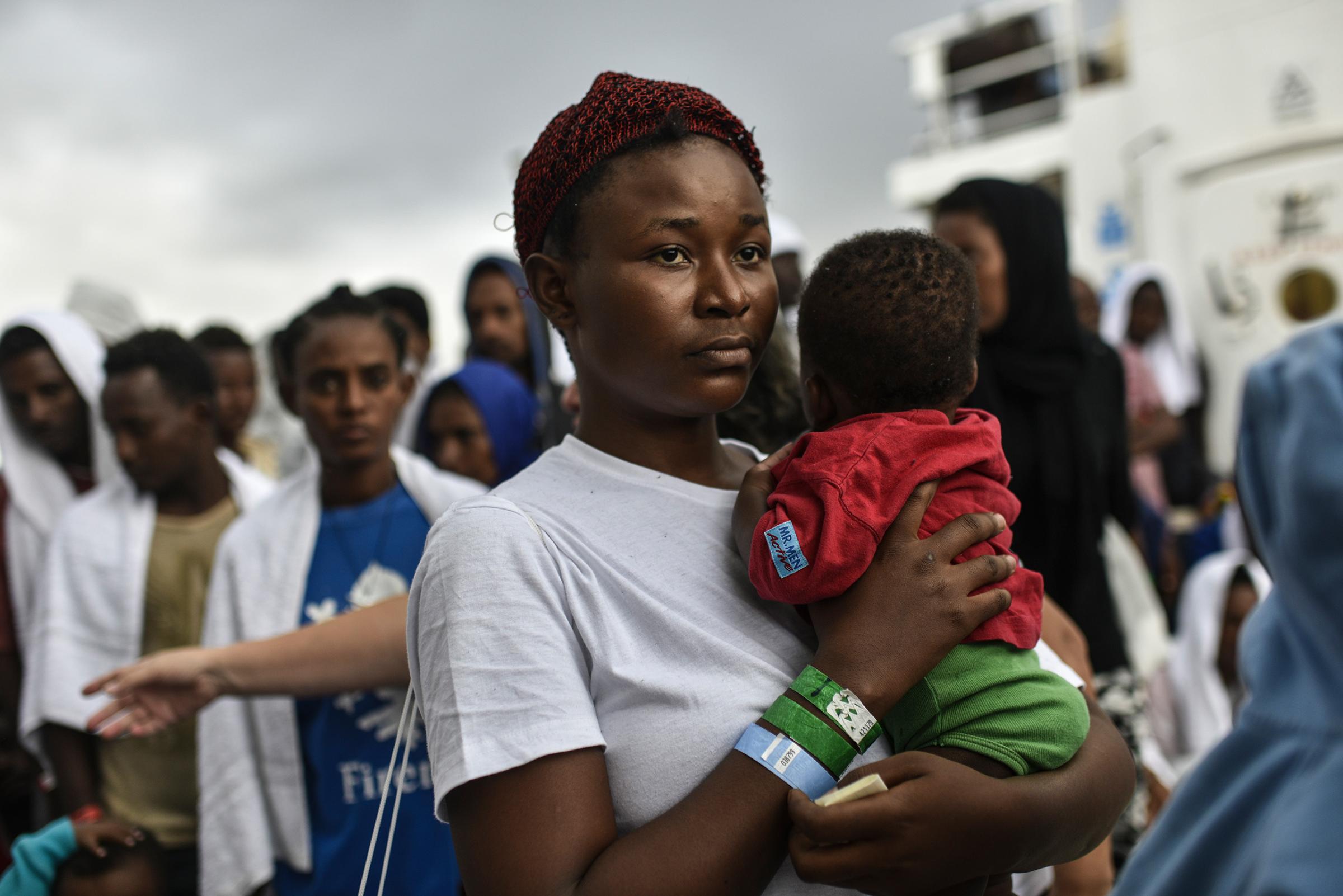
More Must-Reads from TIME
- Cybersecurity Experts Are Sounding the Alarm on DOGE
- Meet the 2025 Women of the Year
- The Harsh Truth About Disability Inclusion
- Why Do More Young Adults Have Cancer?
- Colman Domingo Leads With Radical Love
- How to Get Better at Doing Things Alone
- Michelle Zauner Stares Down the Darkness
Contact us at letters@time.com